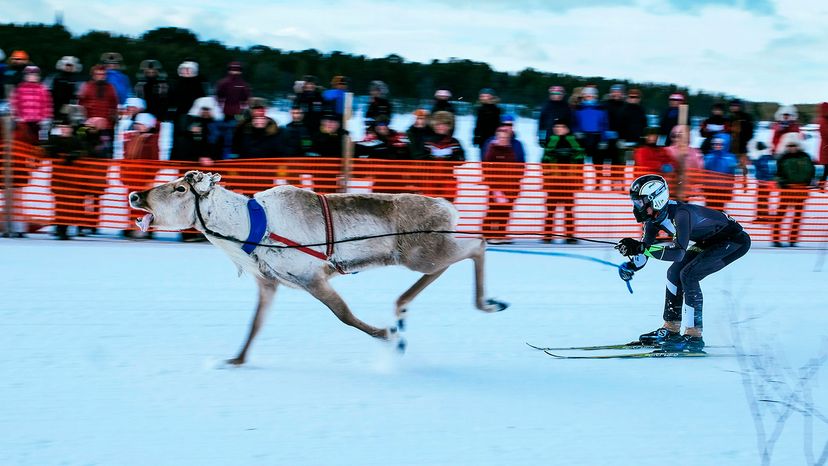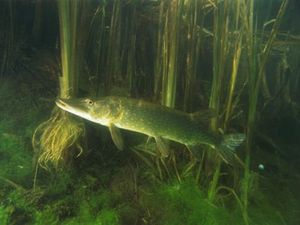
Most people around the globe break the year into four seasons: spring, summer, fall and winter. But the residents of Lapland – the Sámi – have long considered their northern European region to be a land of eight. In addition to a spring, summer, fall and winter, they've developed half-seasons of each. These finely tuned definitions match the constantly changing weather and light in Lapland, and thus the residents' shifting activities in both life and work.
So where, exactly, is Lapland? It lies mainly within the Arctic Circle, and stretches across Finland, Sweden, Norway and Russia's Kola Peninsula. This diverse region includes mountains, fjords, lakes, forests, swamps and bogs and is roughly the size of Belgium, Switzerland and Holland combined. It is not a country or any kind of unified administrative entity.
Advertisement
The Sámi are Lapland's indigenous people. They've populated the region for centuries, if not millennia, first hunting and then herding reindeer. Even today, many residents of Lapland still herd reindeer; several hundred thousand live in the region. But Lapland is also home to farming, forest, mining and other enterprises.
Here are Lapland's eight seasons, as decreed by the Sámi.

- Christmas or Deep Winter (mid-November to mid-January): This is the darkest time of the year. The sun never rises above the horizon, equating to just a few hours of light each day. But Christmas also brings numerous recreational opportunities, such as skiing, snowshoeing and ice fishing, well as holiday-related celebrations. Reindeer herds graze mainly on ground lichens.
- Frosty Winter or Spring-Winter (mid-January to February): People spend a lot of time on indoor activities, like theater and music halls. Reindeer are herded to higher ground.
- Crusty Snow or Spring (March to mid-April): Wintertime activities are still possible, but everyone rejoices when the light, and its warmth, return. People start going outside. Pregnant reindeer give birth.
- Departure of Ice or Spring-Summer (mid-April to mid-May): The snow finally melts, flowers begin to blossom and trees unfurl their leaves. Days get longer and lighter. It's time for hiking, cycling and fishing. Reindeer graze in the mountains, free from mosquitoes.
- Midnight Sun or Summer (mid-May to mid-July): Summer means warm temps – but not hot – the average temperature is 50 to 60 degrees F (10 to 16 degrees C). The sun stays continuously above the horizon, creating what the people call "nightless nights." Festivals and music events are in full swing. The Sámi mark newborn reindeer calves and try to stay away from the swarms of mosquitoes.
- Harvest Season or Summer-Autumn (mid-July to early September): The harvest season begins, as the woods fill with berries and mushrooms. People hunt, fish and gather produce. It's time to stock up on food for the coming winter. Reindeer eat everything in sight to build fat and muscle to survive the winter.
- Colorful Autumn or Autumn (early September to mid-October): Darkness descends ever earlier and cool air moves in. It's hunting season, with elk a traditional prey. Tourists come to see the beautiful fall colors on the trees. You can also see the northern lights between now and March. Frost returns at night.
- First Snow or Autumn-Winter (mid-October to mid-November): The Sámi welcome the first snow, because snow brightens the ever-darkening landscape. Skiing starts. Reindeer are slaughtered now – mainly calves – while the Sámi divide the herd into groups for wintering in the woodlands and, sometimes, the coast.
Advertisement











